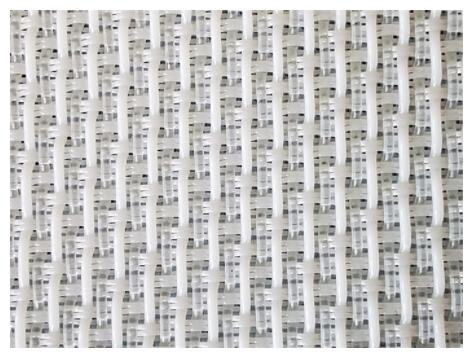
The forming fabric of Paper Machine Clothing (PMC) plays a critical role in dewatering and forming the pulp, supporting the sheet as it is formed, and transporting it to the next press section during the paper-making process. It consists of one or two endless fabric loops. The primary functions of the forming fabric are to allow water removed from the paper to flow through the fabric; to support, hold and form the sheet; and to transport the paper from the headbox to the press section. The top surface of the forming fabric acts as a filter cloth, forming a base for the fibers to be deposited to form a fiber mat. The geometry of the forming fabric surface contributes to sheet performance, including line marks, linting and sheet smoothness. Better support improves the quality of the fiber mat and the retention of fines, fillers and fibers on the support surface of the mat.

The bottom surface of the formed web contributes to the characteristics of the conveyor belt. Most life-reducing wear occurs on the underside of the fabric as it comes in contact with wear-generating elements such as rolls, foils and flat box covers. Machines with high resistance loads require heavy fabrics to withstand the tensile forces and wear on forming plates, foils, vacuum equipment and rolls. Resistance, fabric wear and lifetime are all related. Mechanically, forming fabrics must have:
* Good abrasion resistance
* Good guiding and driving ability
* Resistance to stretching, narrowing, skewing, wrinkling, puckering and creasing
* Resistant to high pressure cleaning sprays
* Ability to clean and knock off sheets
Formed fabrics are woven on textile-type looms using polyester and polyamide yarns. Typical yarn diameters of the forming fabrics are 0.11 to 0.50 mm. Formed fabrics can be woven flat and joined (seamed) to make endless fabrics for paper machines or endless weaving. Most of the fabrics available today are plain woven and seamed.
For plain woven fabrics, the warp direction on the loom becomes the machine direction (MD) on the paper machine and the weft direction on the loom becomes the machine transverse (CD) on the paper machine. For endless woven fabrics, the warp direction on the loom becomes CD on the paper machine and the weft direction becomes MD. CD yarns are usually abrasion-resistant yarns, while MD yarns are load-bearing yarns on the paper machine. MD uses high modulus yarns to reduce fabric stretch on the paper machine.